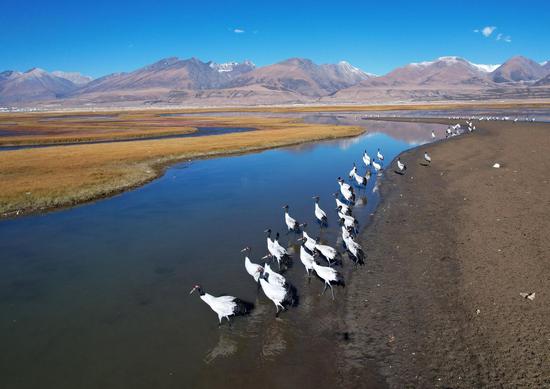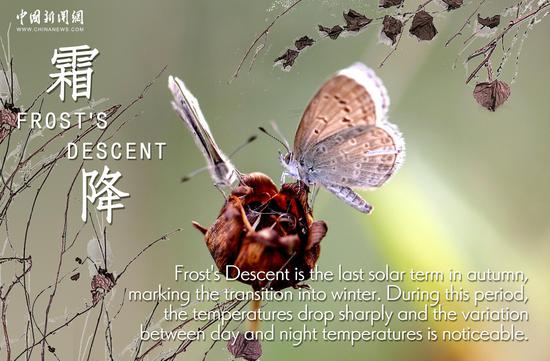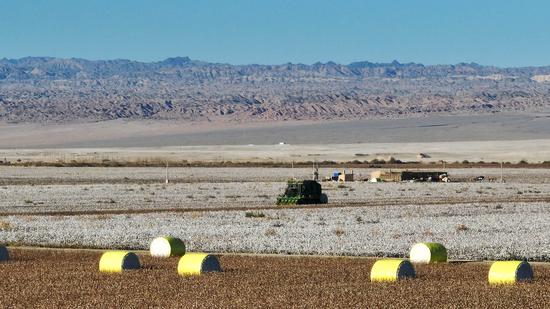
A snow leopard is captured prowling the terrain in the Wolong area of the Giant Panda National Park in Sichuan province in 2019. (Photo/China Daily)
At least 46 snow leopards live in the Wolong area of the Giant Panda National Park, in Sichuan province, park management announced on Monday, which was International Snow Leopard Day.
The tally was the result of six years of monitoring, with Wolong collaborating with a research team from Peking University from 2017 to last year on studies of snow leopards and alpine ecosystems.
Project leader Shi Xiaogang said the population growth uncovered by the team was determined through the analysis of over 16,000 images from infrared cameras. Around 35 adult snow leopards were identified, along with 11 young adults or cubs.
Snow leopards are under first-class protection in China and are listed as vulnerable on the International Union for Conservation of Nature's Red List of Threatened Species.
International Snow Leopard Day was established 10 years ago in the Bishkek Declaration on Snow Leopard Conservation. The signatories to the declaration were the 11 countries where snow leopards are found in the wild, which include China, Russia, Pakistan, Mongolia and India.
Shi stated that as the top predator in alpine ecosystems, the stability of the snow leopard population serves as an indicator of the integrity and health of the ecosystem. Similar to the giant panda, the snow leopard is a flagship species for the conservation of alpine ecosystems.
In 2017, Wolong proposed a dual flagship conservation strategy, protecting both snow leopards and giant pandas. Since then, a long-term and continuous monitoring system has been established for snow leopards and alpine ecosystems, along with in-depth research on ecological functions and interactions among species.
Wolong has installed over 100 infrared cameras specifically designed for snow leopard surveys, with a monitoring range covering nearly 1,000 square kilometers and spanning altitudes of 3,400 to 4,800 meters.
In addition to snow leopards, these cameras have captured images of 38 species of wild mammals and 77 species of wild birds.
"The reason why Wolong is able to host giant pandas is inseparable from its healthy and complete ecosystem, which is supported by a favorable natural environment and rich biodiversity. The snow leopard in Wolong has a very high population density and displays a high level of vitality," said Li Sheng, a researcher at the School of Life Sciences at Peking University.
"From a spatial perspective, the snow leopard habitat in the Wolong Nature Reserve is not isolated but rather located in the core area of the larger-scale habitat of the Qionglai Mountain snow leopards. This connectedness of habitats contributes to better reproduction among the snow leopard population in the Hengduan Mountains," he said.


















































 京公网安备 11010202009201号
京公网安备 11010202009201号